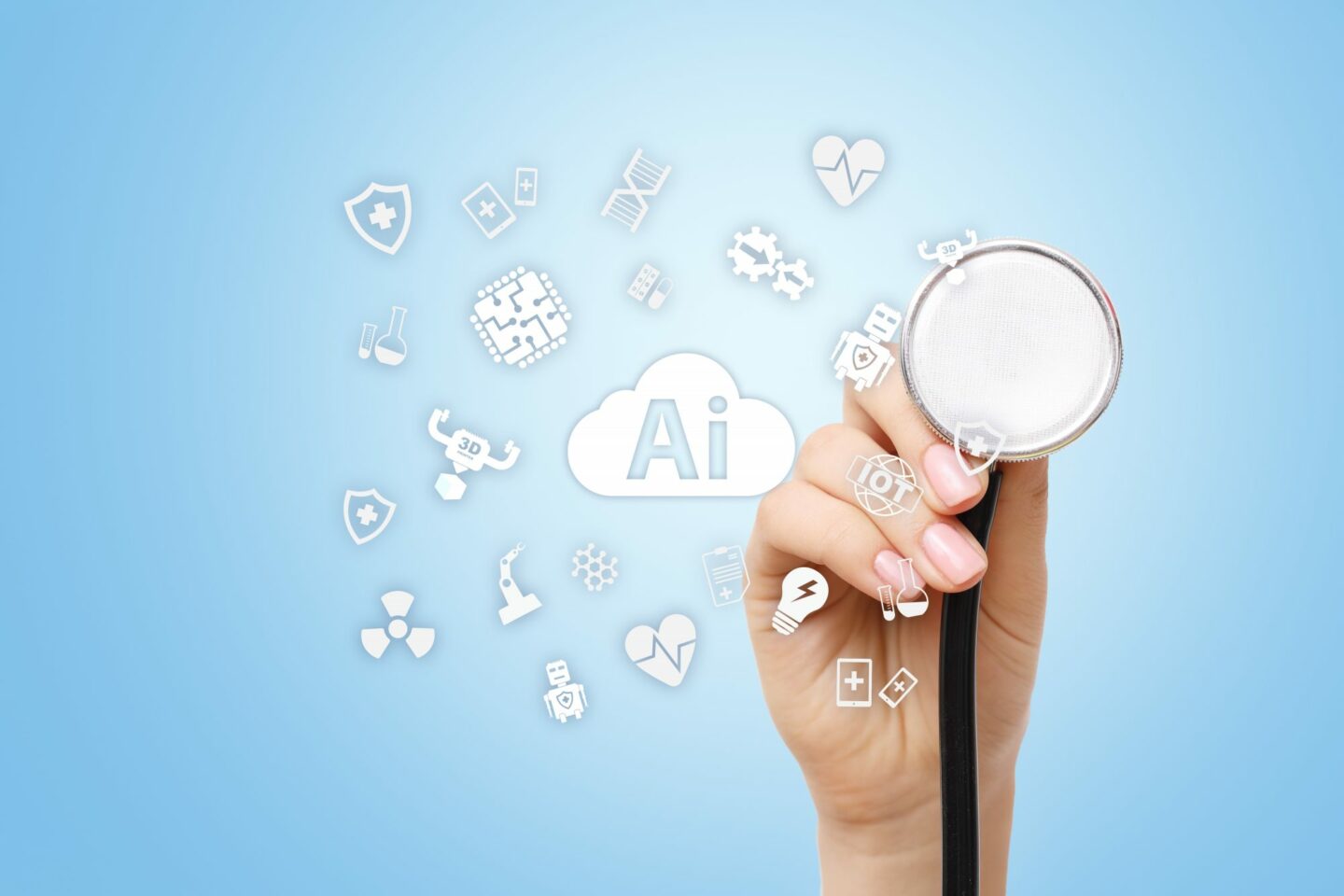Here, Gerry Morrow discusses whether we will ever see AI fully replicate autonomous decision making and what the future role of AI in diagnostic medicine is
copyright by www.openaccessgovernment.org
 Health care is a complex adaptive system(1). Clinical diagnosis is one aspect of this system and is an additional layer of sophistication, as it relies on complex interactions between clinician and patient. Making a diagnosis is often a ‘process’ rather than an ‘event’. It involves aspects of deductive reasoning, hypothesis testing, intuitive thought and pattern recognition; in addition to re-testing on the basis of new information provided by patient responses, physical examination, laboratory results and radiographic imaging (2,3,4).
Health care is a complex adaptive system(1). Clinical diagnosis is one aspect of this system and is an additional layer of sophistication, as it relies on complex interactions between clinician and patient. Making a diagnosis is often a ‘process’ rather than an ‘event’. It involves aspects of deductive reasoning, hypothesis testing, intuitive thought and pattern recognition; in addition to re-testing on the basis of new information provided by patient responses, physical examination, laboratory results and radiographic imaging (2,3,4).
Pre-hospital care, primary care and care delivered in emergency departments involves the fullest possible range of clinical diagnostic acumen, as these settings provide advice and treatment on completely undifferentiated patients. That is, patients with no diagnostic pre-filter. People who ring 999 or turn up at a GP practice or Accident and Emergency with no predesignated diagnostic label pointing their first contact care clinicians to a specific diagnosis or narrowed range of options.
Edging towards a clear diagnosis in these undifferentiated patient populations is often therefore very challenging particularly where an ageing demographic (often with a range of co-morbidities) present to the clinician.
Faced with these difficulties it is unsurprising that science and the lay community look to computing advances for assistance. The dawn of precision medicine, pharmacogenomics, and especially artificial intelligence (AI) seem to offer new tools for the struggling clinician in first contact care. Indeed, early reports seemed to suggest that we could one day dispense with the primary care clinician and instead rely on super-specialists to deliver ‘cures’ once the AI engine had made a definitive and accurate diagnosis.
AI can be defined as technologies which can perform specific tasks quicker or better than humans. A subdivision of AI is the concept of machine learning (ML). Which is the application of algorithms to recognise complex relationships or patterns from empirical data, in order to make accurate decisions.
Using ML, a computer is provided large amounts of data and a set of algorithms in order to perform a task. The data then reinforces correct answers, so that continued education of the machine occurs with no additional programming.
Current AI applications are usually to be found in defined diagnostic groups to direct therapeutic advantage, for example refining the assessment of changes in diabetic retinopathy over time or machine learning enhancing the diagnostic accuracy of potential breast carcinomas on mammography. These are focussed and specific to predefined patients with a clearer and more linear diagnostic question in place. Such as ‘has this person got breast cancer?’ Yes or no. Has this person’s diabetic retinopathy worsened since the last image was taken? Yes or no.[…]
Thank you for reading this post, don't forget to subscribe to our AI NAVIGATOR!
read more – copyright by www.openaccessgovernment.org


Here, Gerry Morrow discusses whether we will ever see AI fully replicate autonomous decision making and what the future role of AI in diagnostic medicine is
copyright by www.openaccessgovernment.org
Pre-hospital care, primary care and care delivered in emergency departments involves the fullest possible range of clinical diagnostic acumen, as these settings provide advice and treatment on completely undifferentiated patients. That is, patients with no diagnostic pre-filter. People who ring 999 or turn up at a GP practice or Accident and Emergency with no predesignated diagnostic label pointing their first contact care clinicians to a specific diagnosis or narrowed range of options.
Edging towards a clear diagnosis in these undifferentiated patient populations is often therefore very challenging particularly where an ageing demographic (often with a range of co-morbidities) present to the clinician.
Faced with these difficulties it is unsurprising that science and the lay community look to computing advances for assistance. The dawn of precision medicine, pharmacogenomics, and especially artificial intelligence (AI) seem to offer new tools for the struggling clinician in first contact care. Indeed, early reports seemed to suggest that we could one day dispense with the primary care clinician and instead rely on super-specialists to deliver ‘cures’ once the AI engine had made a definitive and accurate diagnosis.
AI can be defined as technologies which can perform specific tasks quicker or better than humans. A subdivision of AI is the concept of machine learning (ML). Which is the application of algorithms to recognise complex relationships or patterns from empirical data, in order to make accurate decisions.
Using ML, a computer is provided large amounts of data and a set of algorithms in order to perform a task. The data then reinforces correct answers, so that continued education of the machine occurs with no additional programming.
Current AI applications are usually to be found in defined diagnostic groups to direct therapeutic advantage, for example refining the assessment of changes in diabetic retinopathy over time or machine learning enhancing the diagnostic accuracy of potential breast carcinomas on mammography. These are focussed and specific to predefined patients with a clearer and more linear diagnostic question in place. Such as ‘has this person got breast cancer?’ Yes or no. Has this person’s diabetic retinopathy worsened since the last image was taken? Yes or no.[…]
Thank you for reading this post, don't forget to subscribe to our AI NAVIGATOR!
read more – copyright by www.openaccessgovernment.org
Share this: